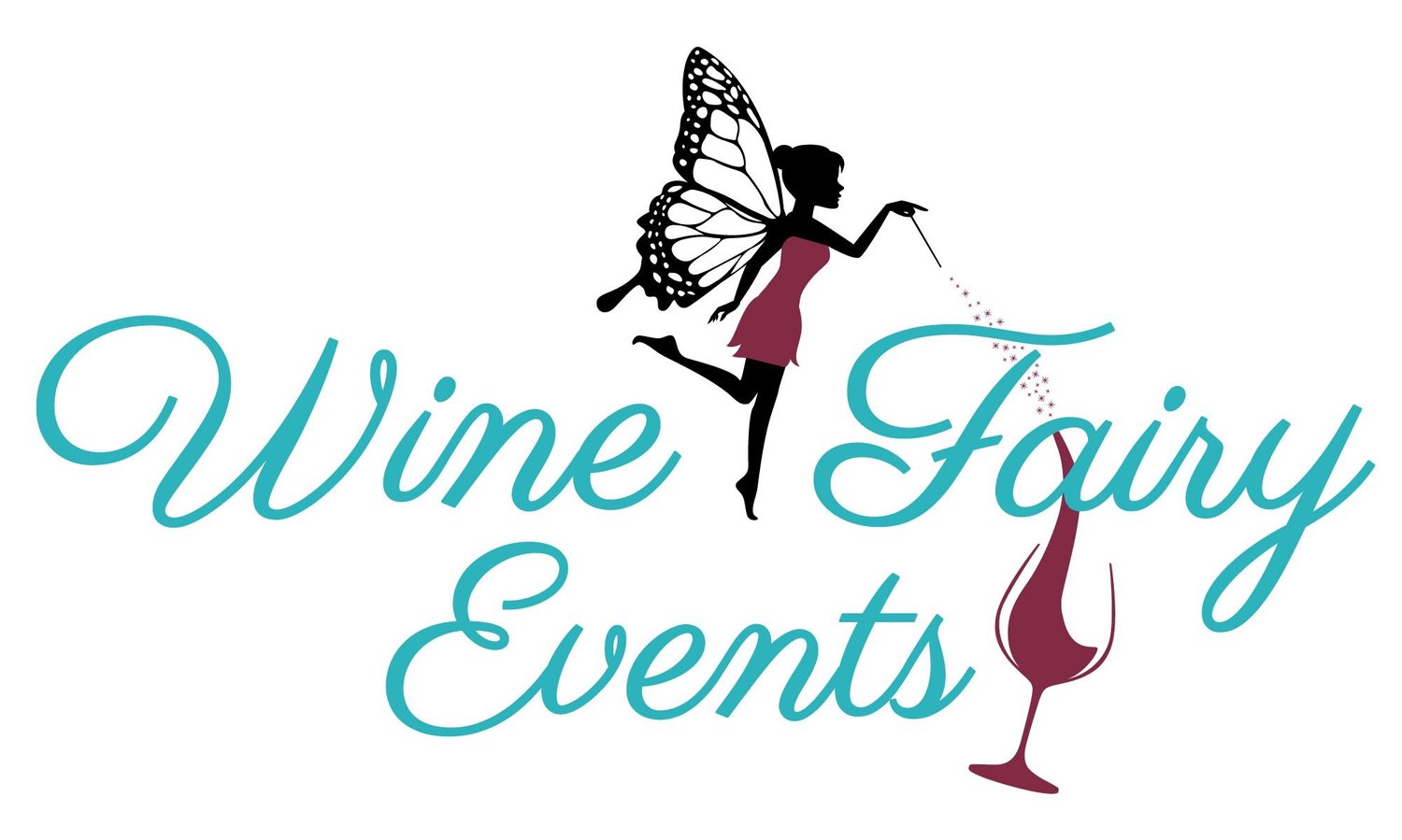Interesting facts about Champagne
Bubbly Beginnings: The bubbles in champagne were originally considered a winemaking fault. In the early days, winemakers struggled to control the carbonation and prevent bottles from exploding.
Dom Pérignon: Dom Pérignon, a Benedictine monk, is often credited with making important contributions to the development and refinement of champagne production techniques in the 17th century. However, the popular belief that he invented champagne is a myth.
The Pressure Inside: The pressure inside a champagne bottle is typically around 6 atmospheres, which is about three times the pressure inside a car tire. This high pressure contributes to the effervescence and the release of bubbles when the bottle is opened.
The Champagne Pop: The characteristic "pop" sound that occurs when opening a bottle of champagne is the result of the sudden release of pressure. However, it's worth noting that opening a bottle of champagne with a loud pop is not considered the proper way to do it, as it can cause the loss of some of the wine and potential accidents.
Aging Potential: While champagne is often enjoyed young, it can also age and develop more complex flavors. Vintage champagnes, made from grapes harvested in a specific year, often benefit from aging.
Champagne Corks: The corks used in champagne bottles are larger and thicker than those used in still wines. This is because they need to withstand the pressure inside the bottle.
Bottle Sizes: Champagne is available in various bottle sizes, with distinctive names. The most common size is a standard 750ml bottle known as a "bottle." Other sizes include magnum (1.5 liters), jeroboam (3 liters), methuselah (6 liters), and Nebuchadnezzar (15 liters).
The Widow Clicquot: Veuve Clicquot, one of the famous champagne houses, was founded by a remarkable woman named Barbe-Nicole Ponsardin. After her husband's death, she took over the business and became known as the "Widow Clicquot."
Champagne Toast: The tradition of toasting with champagne is believed to have originated in the royal courts of Europe. It was a way to ward off evil spirits by clinking glasses and making a loud noise.
These facts highlight some of the intriguing aspects of champagne, from its history and production to its unique characteristics. Cheers!
